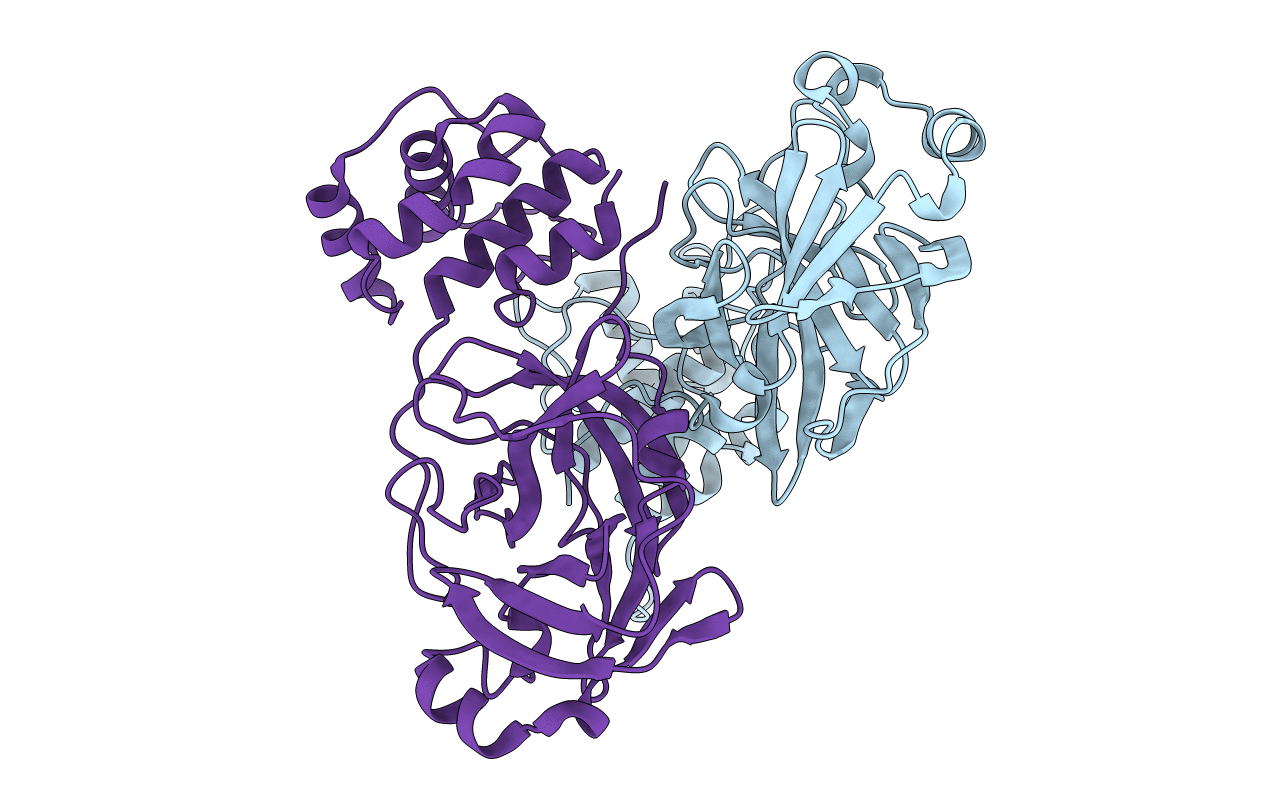
Deposition Date
2016-05-31
Release Date
2016-06-15
Last Version Date
2023-11-08
Entry Detail
Biological Source:
Source Organism:
Human SARS coronavirus (Taxon ID: 227859)
Host Organism:
Method Details:
Experimental Method:
Resolution:
2.20 Å
R-Value Free:
0.25
R-Value Work:
0.20
R-Value Observed:
0.20
Space Group:
P 21 21 21


